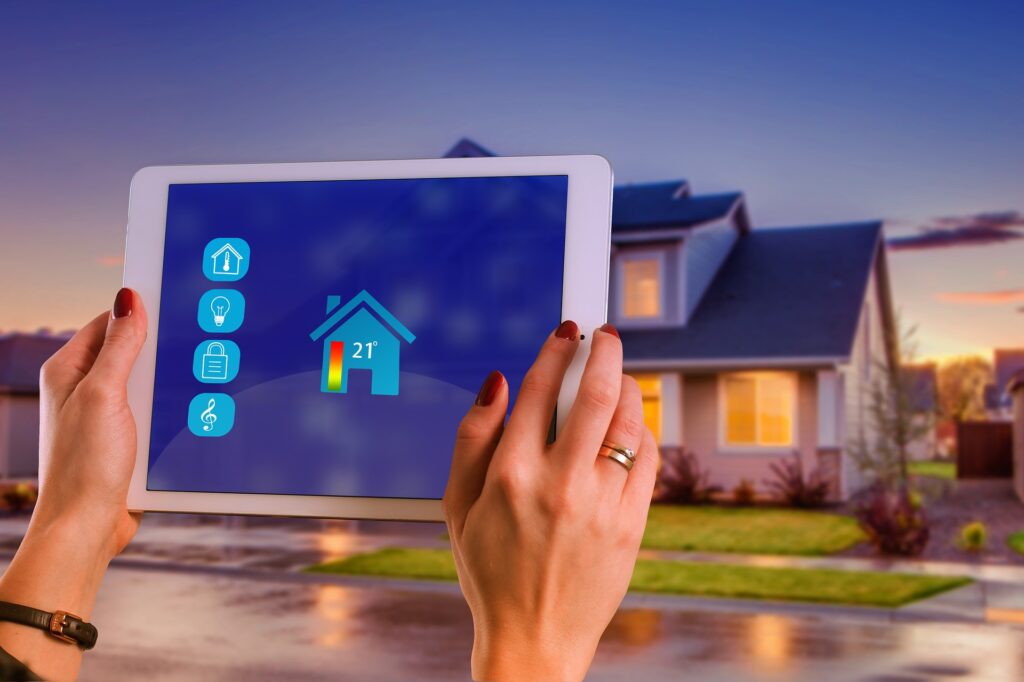Among those who use smart home devices, 68% say the technology, such as baby monitors and doorbell cameras, helps them feel safer, said respondents of the “Mastering the new digital life: 2022 Connectivity and Mobile Trends” study. But the dual purpose of convenience is marked by the high numbers of associated smartphone management of these devices: 53% percent of smartphone users with smart locks use their phones to lock and unlock their homes and 51% of those with security systems or cameras use their phones to manage these systems.
 Image by Gerd Altmann from Pixabay
Image by Gerd Altmann from Pixabay
Other popular smartphone connections in the smart home include adjusting connected thermostats, lights and speakers. One-quarter of consumers surveyed owned smart lighting solutions, and among those who purchased smart thermostats, 69% felt the devices reduced energy costs.
With safety, convenience and cost-reduction remaining in the forefront of Americans’ minds as they appraise the burgeoning smart device market, it’s clear smart devices — and the unlicensed spectrum required to run them — aren’t going away any time soon. And it doesn’t stop there: the IoT is rapidly expanding to manufacturing, agriculture and healthcare, as followers of the WifiForward blog are well aware.
The #6GHz band will revolutionize #IoT and contribute billions to healthcare and factories.#WiFiatWork pic.twitter.com/gWj7ejZUvw
— WifiForward (@WifiForward) May 28, 2020
Advocating for a future-proof policy surrounding the IoT has led to the robust connected-device market that benefits us today. Lawmakers and regulators can continue this forward momentum to reap the benefits of safer, easier and more affordable lifestyles for all Americans by expanding the unlicensed spectrum made available for Wi-Fi, smart devices and the IoT.
